 Enquire Now
Enquire Now
 Enquire Now
Enquire Now
Sometimes also referred to as agile methods or frameworks. The aim of the table below is to explain the intent and differences across some of the more commonly used or referenced agile approaches.
The two most common approaches often referenced are Scrum and Kanban. Though since their introduction, new and in some cases more ‘targeted’ approaches have evolved to provide guidance on adopting agile ways for specific business environments or challenges. We suspect new agile approaches will continue to be introduced over time, each attempting to adequately serve a required business function.
| AgilePM® (DSDM) |
|
|---|---|
| Agile PRINCE2 |
|
| AgileSHIFT |
|
| AgileDSTM |
|
| AgilePfM® |
|
| AgilePgM® |
|
| DevOps |
|
| Kanban |
|
| Lean or Lean IT |
|
| SAFe (Scaled Agile Framework) |
|
| Scrum |
|
Our agile management services include:
The HiLogic agile training, coaching and consulting approach is underpinned by an agile approach selected or designed to match our client’s agility aims. This may be a ‘hybrid’ approach that combines key elements of different agile approaches or integrating agile principles and practices in existing management approaches used within your organisation.
Download our agile service brochure and contact a member of our agile services team for more information. Learn more about how to effectively manage change in the workplace.
Our training programs:
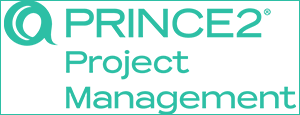
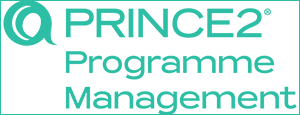
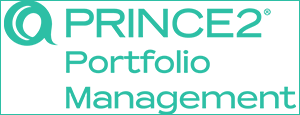
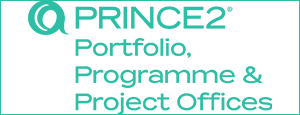

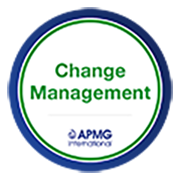




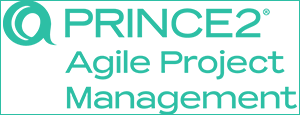

Our courses are HRDF claimable